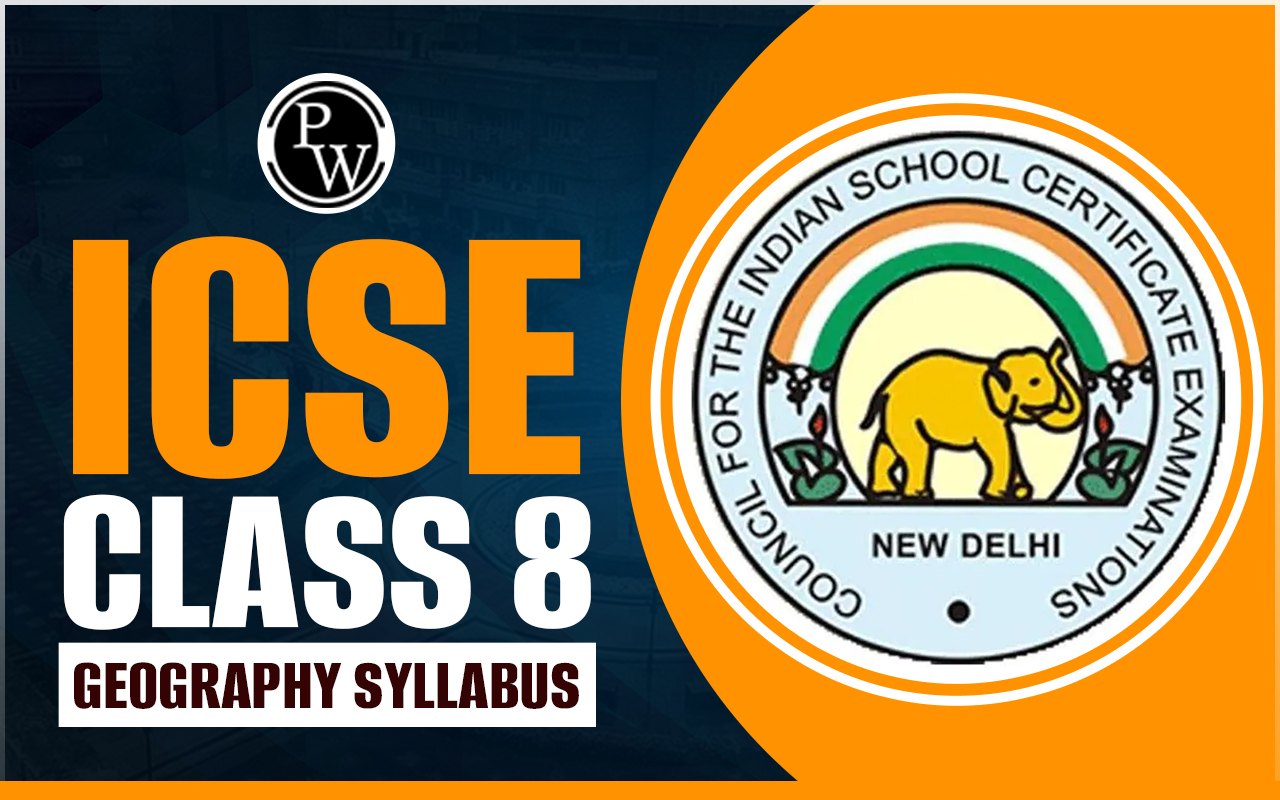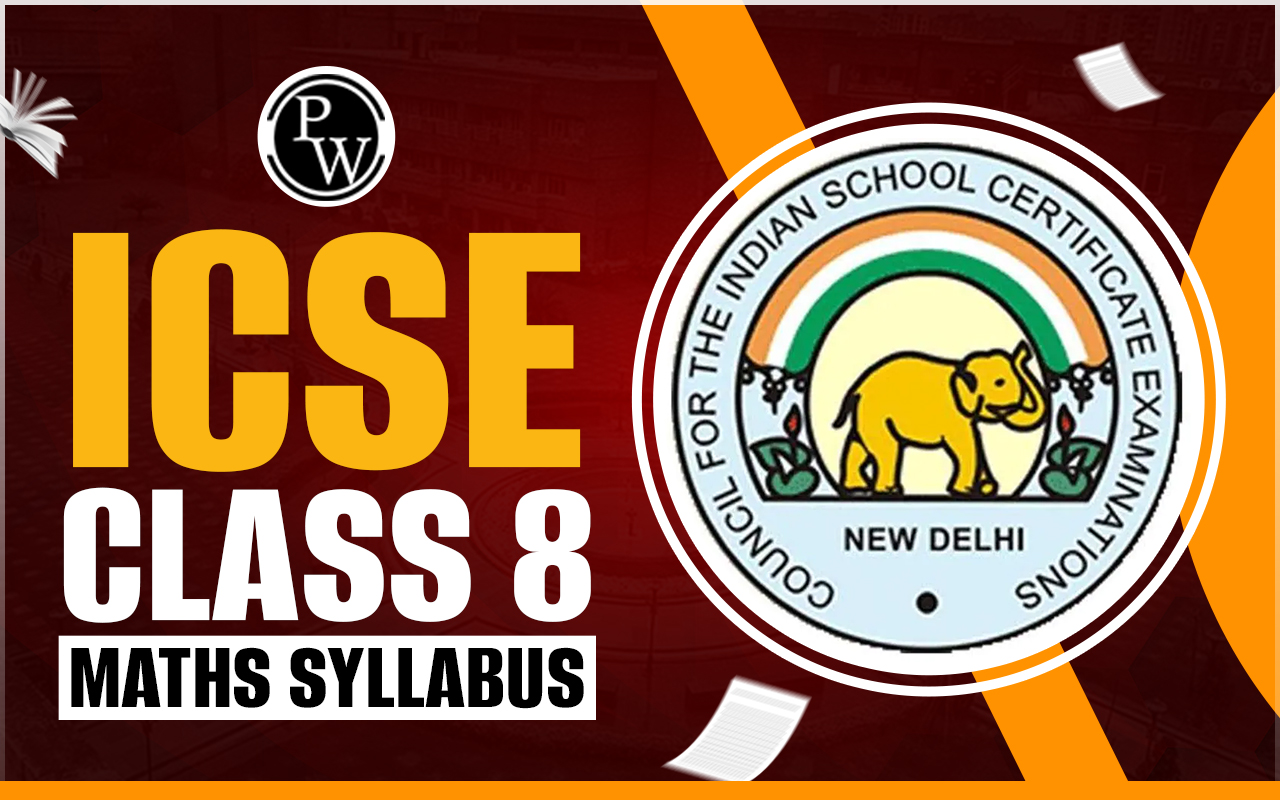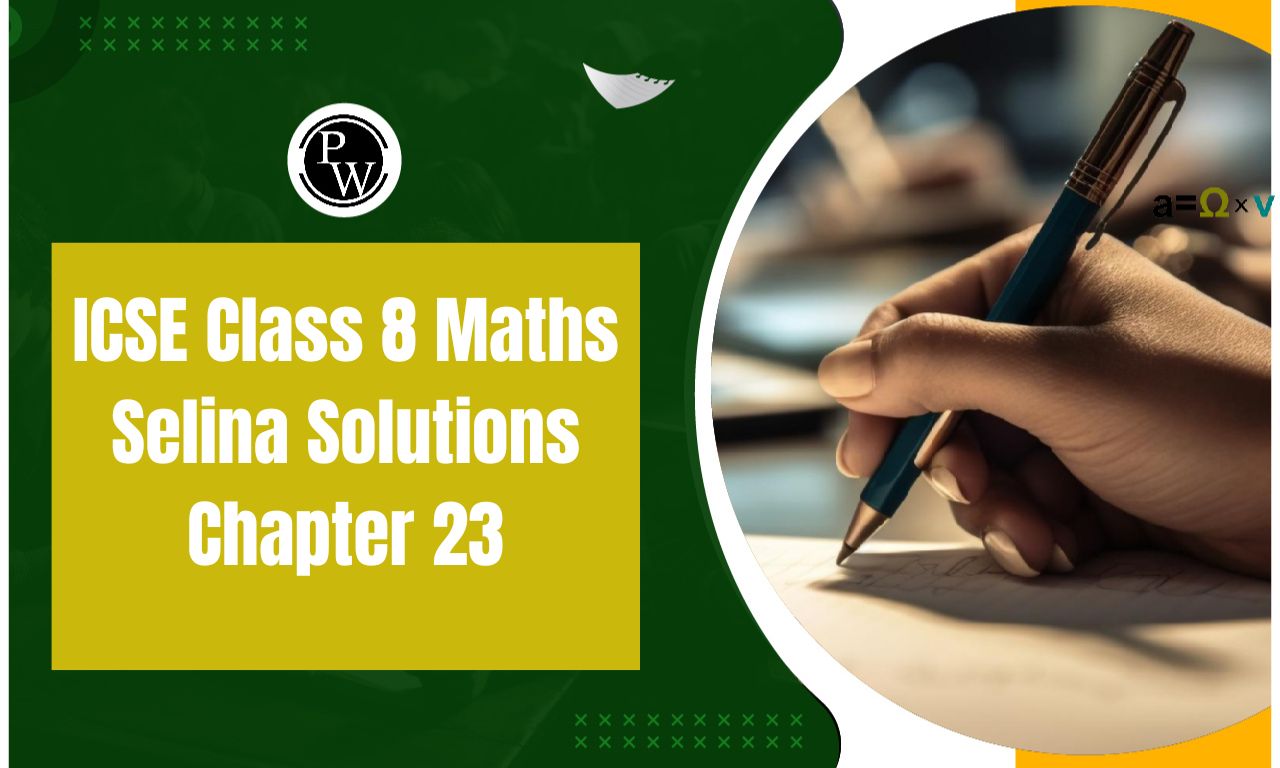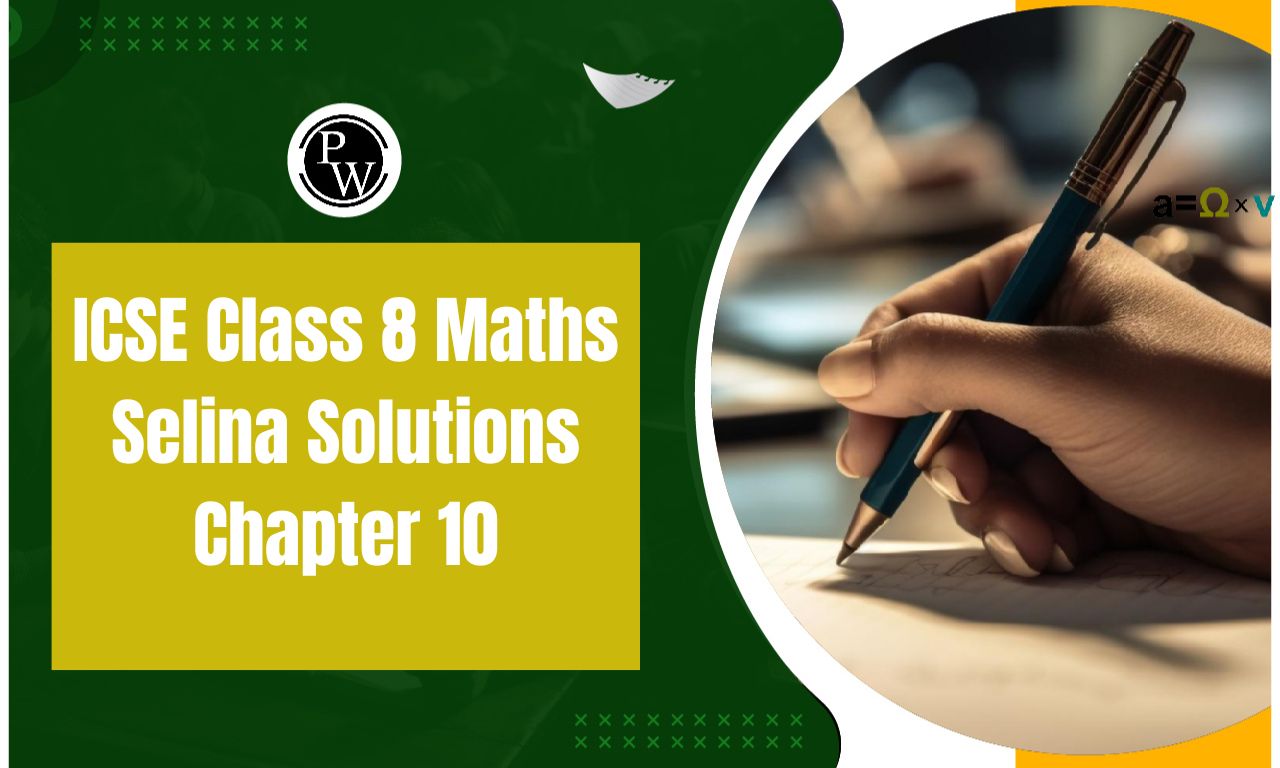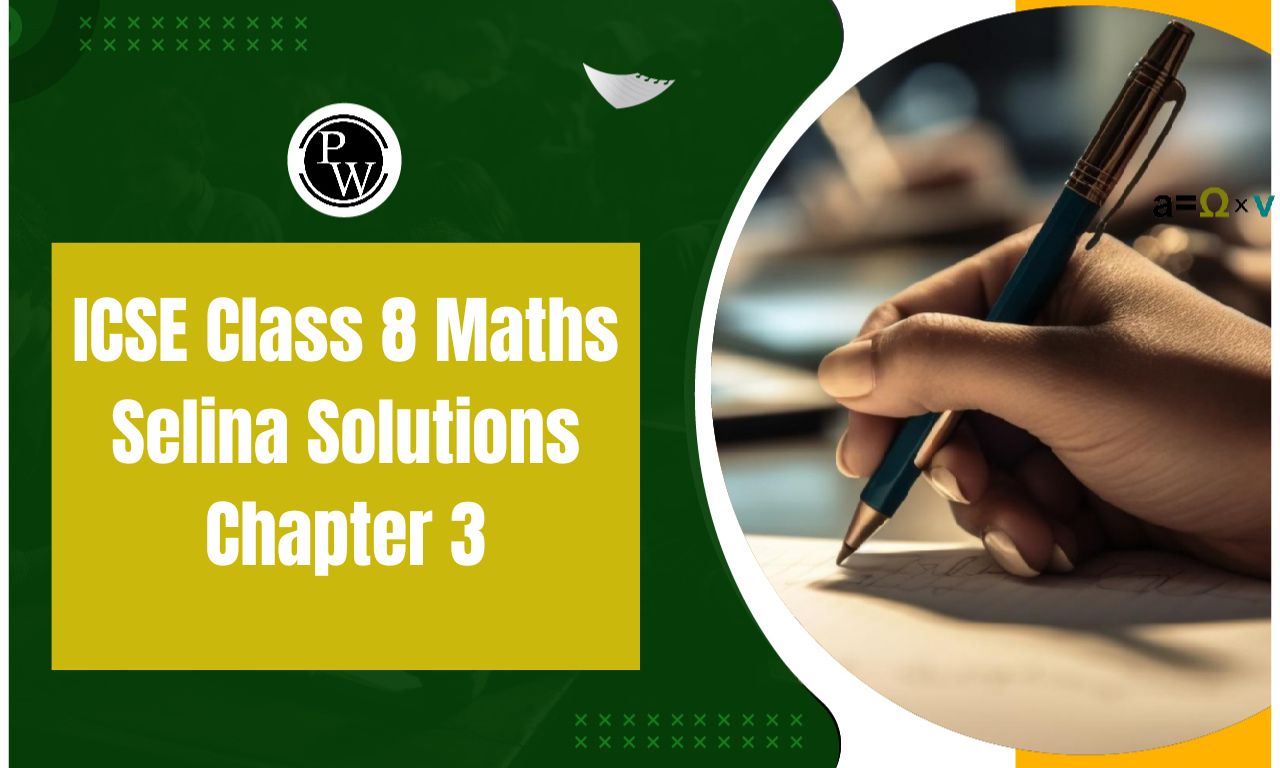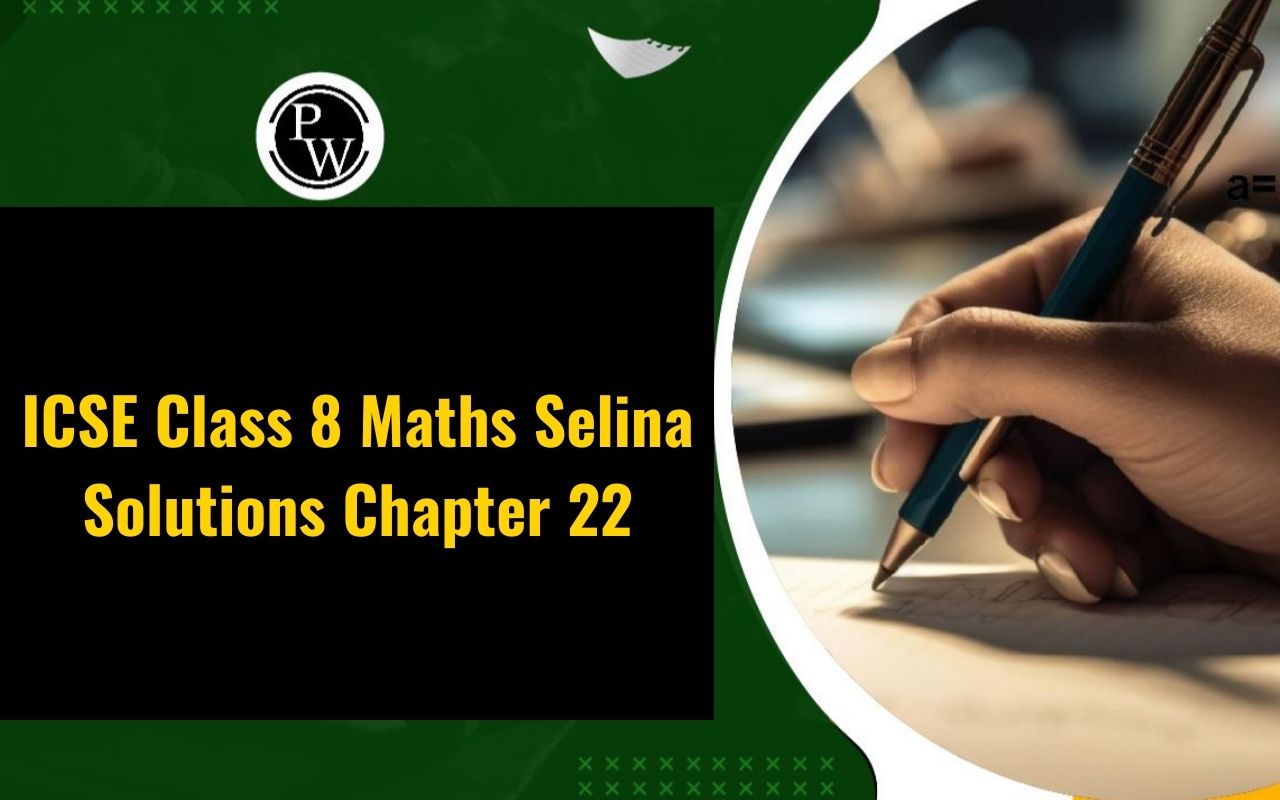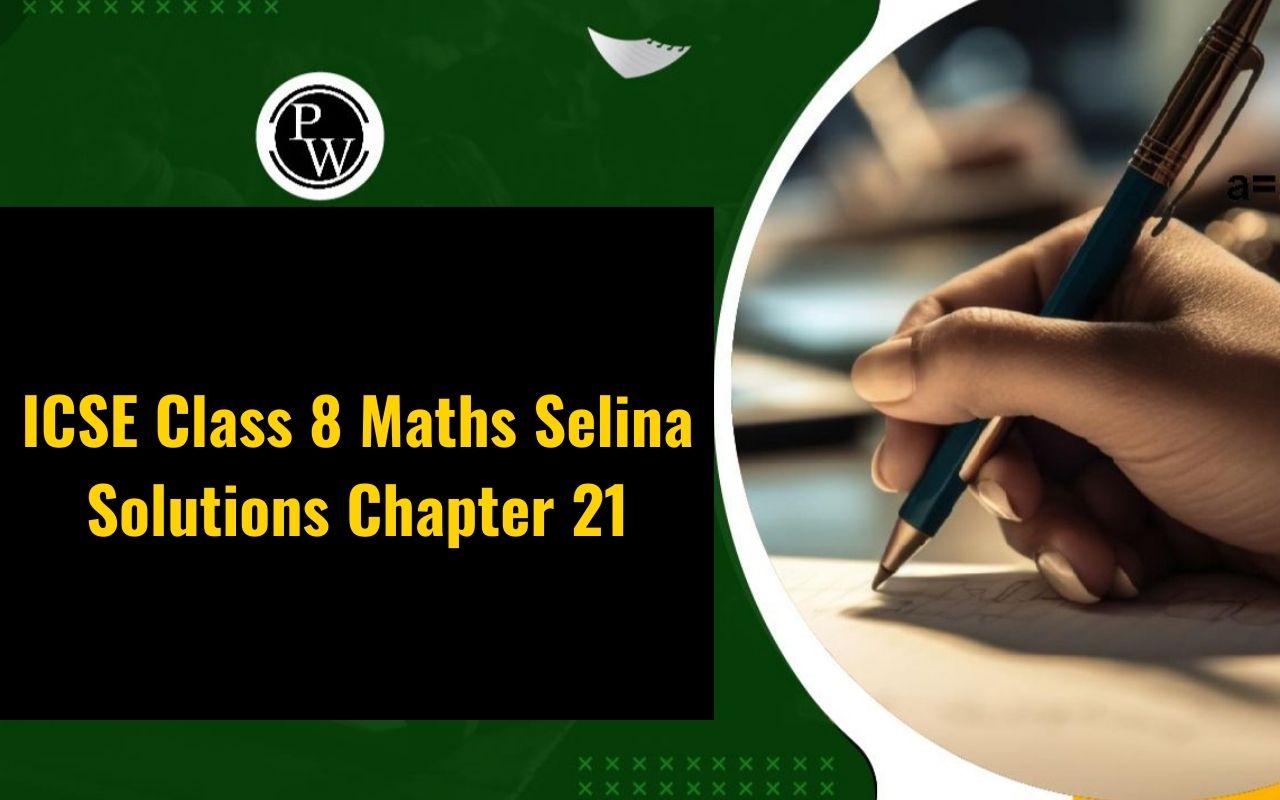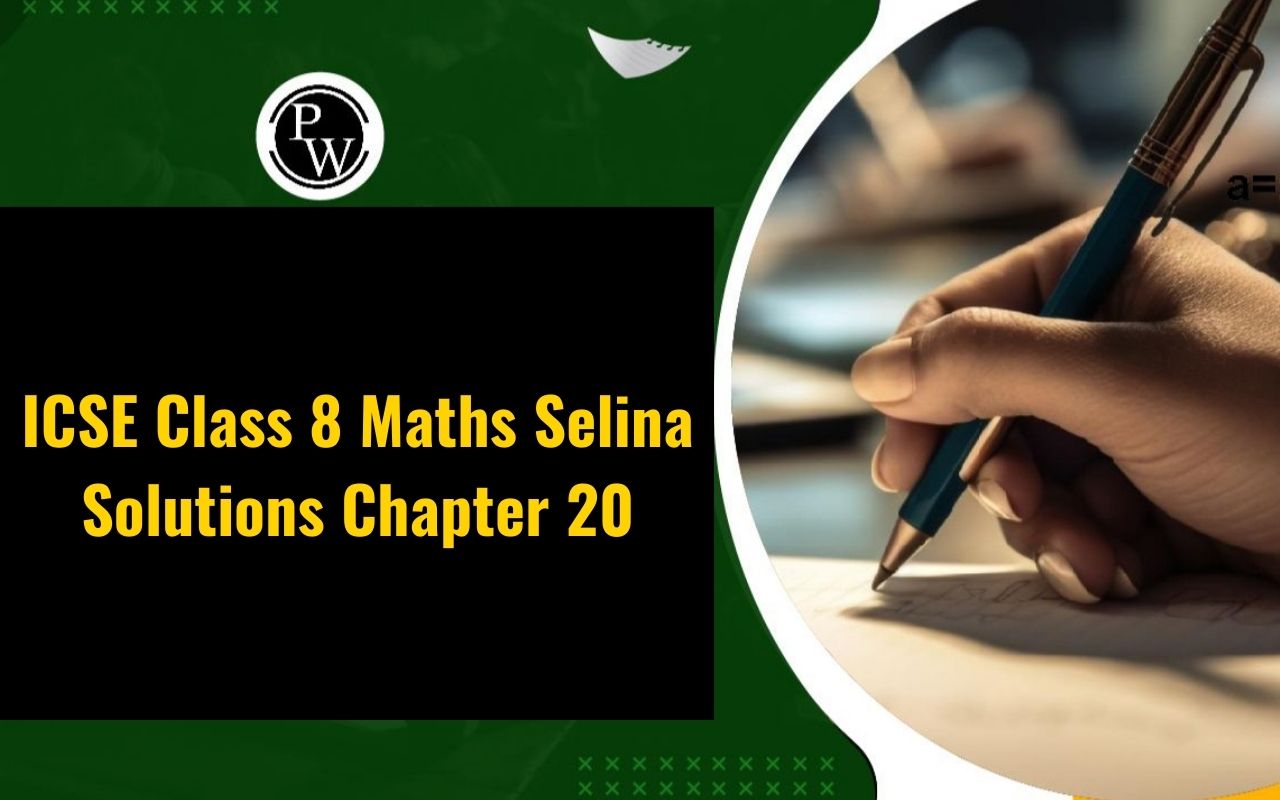
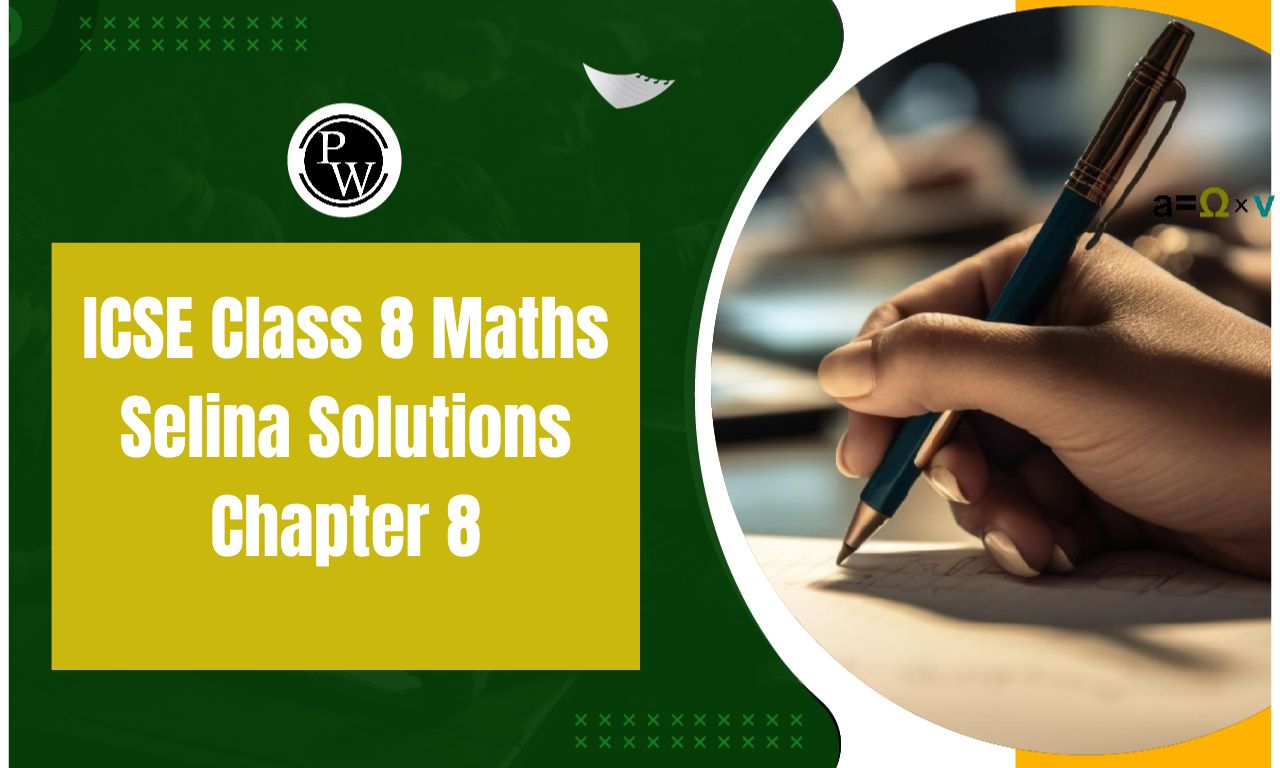
ICSE Class 8 Maths Selina Solutions Chapter 8: The balance between profit and loss is crucial to corporate operations. Students are likely aware that Business A turned a profit of fifty lakhs in 2018. But are they aware of the formula used to determine profit and loss?
Students must read ICSE Class 8 Chapter 8, which covers profit, loss, and discount, to complete this assignment. Students will find questions about issues that arise in everyday life in this chapter.ICSE Class 8 Maths Selina Solutions Chapter 8 Overview
ICSE Class 8 Maths Selina Solutions Chapter 8 PDF
Here we have provided ICSE Class 8 Maths Selina Solutions Chapter 8 for the ease of students so that they can just download the pdf and use it easily without the internet. These ICSE Class 8 Maths Selina Solutions Chapter 8 will help students understand the chapter better.ICSE Class 8 Maths Selina Solutions Chapter 8 PDF
ICSE Class 8 Maths Selina Solutions Chapter 8 Profit, Loss and Discount
Here we have provided ICSE Class 8 Maths Selina Solutions Chapter 8 for the ease of students so that they can prepare better for their upcoming exams -Question 1.
Megha bought 10 notebooks for Rs.40 and sold them at Rs. 4.75 per notebook. Find, her gain percentage.
Solution:
C.P. of 10 note-books = Rs.40 S.P. of 10 Note-books @ Rs.4.75 per notebookQuestion 2.
A fruit-seller buys oranges at 4 for Rs. 3 and sells them at 3 for Rs.4. Find his profit percent.
Solution:
Let the number of oranges bought = 12 (Note: L.C.M. of 4 and 3 = 12) ∴ C.P. of oranges=Rs.
Question 3.
A man buys a certain number of articles at 15 for Rs. 112.50 and sells them at 12 for Rs. 108
Find: (i) His gain a percent; (ii) The number of articles sold to make a profit of Rs.75.Solution:
Let the number of articles bought = 60 ∵ L.C.M of 15 and 12= 60 ∴ C.P. of the articles
Question 4.
A boy buys an old bicycle for Rs. 162 and spends Rs.18 on its repairs before selling the bicycle for Rs. 207. Find his gain or loss percentage.
Solution:
The buying price of the old bicycle = Rs.162 Money spent on repairs = Rs.18 Real C.P. of the bicycle = 162+18=Rs.180 S.P. of the bicycle = Rs.207 Profit= S.P. – C.P. = 207-162=Rs.45Question 5.
An article is bought from Jaipur for Rs.4800 and is sold in Delhi for Rs. 5,820. If Rs. 1,200 is spent on its transportation, etc. find the loss or the gain as a percent.
Solution:
Cost price = Rs.4,800 Selling Price = Rs.5,820 Transport etc. charges = Rs.1,200 Total cost price = Rs 4800 + Rs. 1,200 = Rs. 6,000 Loss = Rs. 6000 – Rs.5820 = Rs. 180Question 6.
Mohit sold a T.V. for Rs. 3,600; gaining one-sixth of its selling price. Find:
(i) The gain (ii) The cost price of the TV. (iii) The gain percent.Solution:
S.P. of T.V. = Rs.3,600 (i) To find the gain GainQuestion 7.
By selling a certain number of goods for Rs. 5,500 a shopkeeper loses equal to one-tenth of their selling price. Find:
(i) The loss incurred (ii) The cost price of the goods (iii) The loss as percent.Solution:
S.P. = Rs. 5,500 (i) Loss incurred:Question 8.
The selling price of a sofa set is
times of its cost price. Find the gain or the loss as a percent.
Solution:
Let the cost price (C.P) = 1 S.P.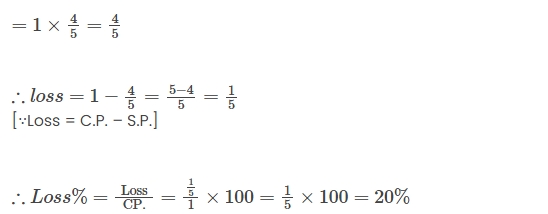
Question 9.
The cost price of an article is 4/5 times its selling price. Find the loss or the gain as a percent.
Solution:
Question 10.
A shopkeeper sells his goods at 80% of their cost price. Find the percent gain or loss.
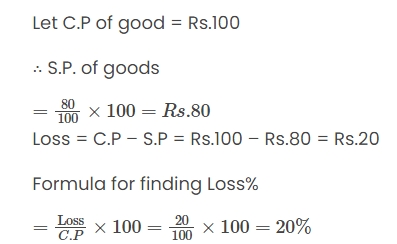
Question 11.
The cost price of an article is 90% of its selling price. What is the profit or the loss as a percentage?
Solution:
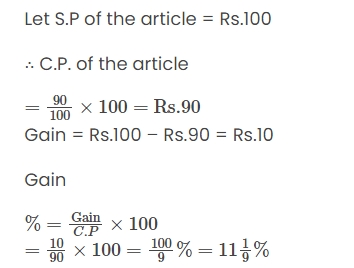
Question 12.
The cost price of an article is 30 percent less than its selling price. Find the profit or loss as a percent.
Solution:
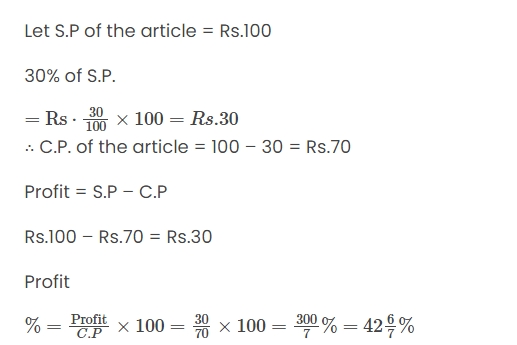
Question 13.
A shopkeeper bought 300 eggs at 80 paise each. 30 eggs were broken in the transaction and then he sold the remaining eggs at one rupee each. Find his gain or loss as a percent.
Solution:
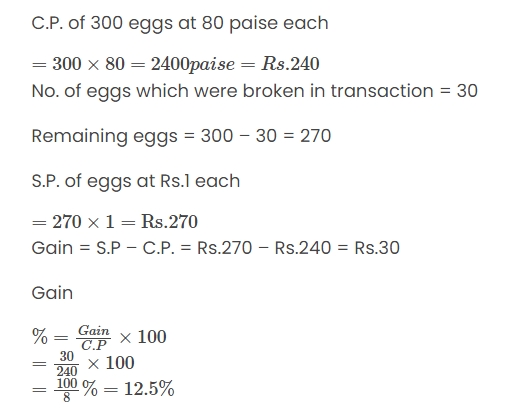
Question 14.
A man sold his bicycle for Rs. 405 losing one-tenth of its cost price, find:
(i) Its cc price; (ii) The loss percentSolution:

Question 15.
A man sold a radio set for Rs.250 and gained one-ninth of its cost price. Find;
(i) Its cost price; (ii) The profit percent.Solution:
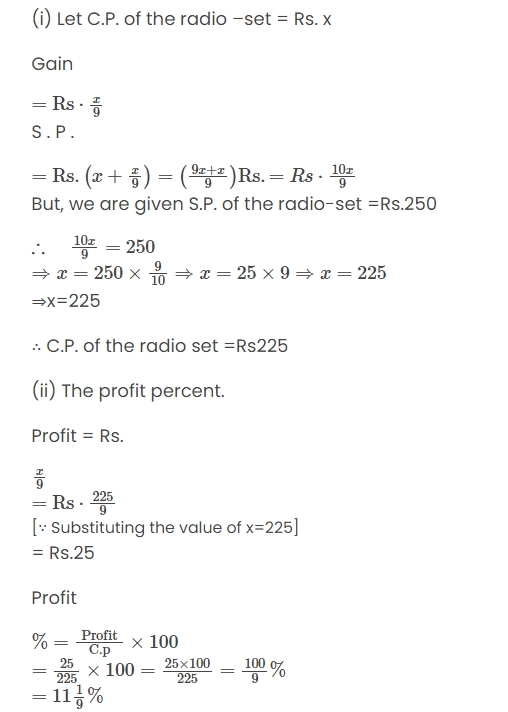
Benefits of ICSE Class 8 Maths Selina Solutions Chapter 8
ICSE Class 8 Maths Selina Solutions Chapter 8 on profit and loss offers several benefits to students:Structured Learning : The solutions provided in Selina's textbook are structured and organized, making it easier for students to follow step-by-step solutions to problems related to profit and loss.
Clarity in Concepts : Each solution is designed to clarify the underlying concepts of profit, loss, cost price, selling price, and related formulas. This helps students grasp the fundamentals effectively.
Variety of Problems : The chapter includes a variety of problems ranging from simple to complex, which helps in developing a deeper understanding of the topic and prepares students for different types of questions.
Application of Formulas : Students learn to apply specific formulas and methods to solve problems related to profit and loss, thereby enhancing their problem-solving skills.
Real-life Applications : Understanding profit and loss is essential in real-life scenarios such as business transactions, buying and selling goods, etc. The chapter helps students relate mathematical concepts to practical situations.
Preparation for Exams : Since ICSE exams are based on Selina textbooks, practicing these solutions helps students prepare thoroughly for their exams. They become familiar with the types of questions that could be asked and how to approach them.
Self-assessment : The solutions allow students to self-assess their understanding and progress. By comparing their answers with the provided solutions, students can identify areas where they need more practice or clarification.
ICSE Class 8 Maths Selina Solutions Chapter 8 FAQs
Which chapter is hard in maths class 8?
What is profit and loss class 8?
Is 70 percent good in class 8?
Why is it called profit and loss?

